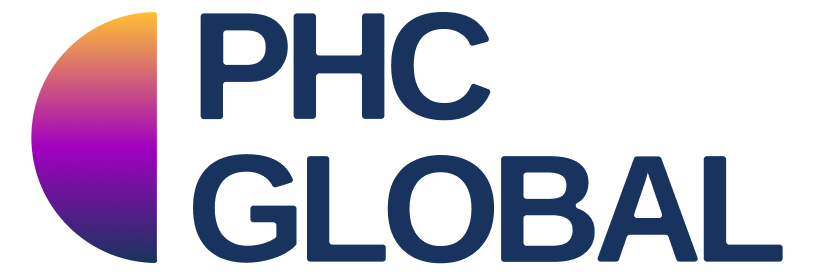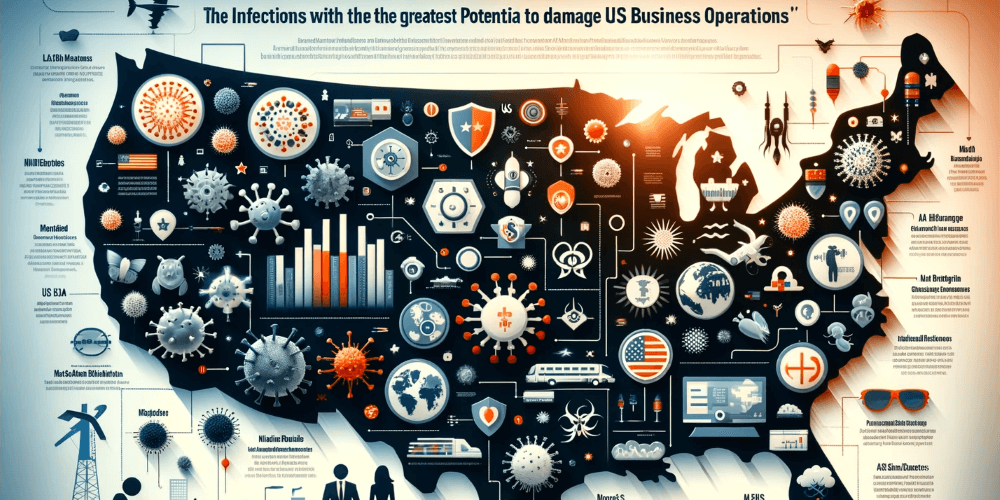What will you do when the next virus spirals out of control? It’s only a matter of time before it happens again.
Will you scramble to find reliable information and struggle to determine the risk to your company? Will your employees be unexpectedly exposed to high risk situations? How will you know how to protect your people, your assets, and your business?
Are you any better prepared than you were at the start of the COVID-19 pandemic? Or are you hoping that nothing else happens on your watch?
In this increasingly complex and interconnected world, the scope and scale of potential disruptions to business operations have expanded significantly. The experts at PHC Global are worried about your readiness, and it’s keeping them up at night.
Here is what they want you to know:
#1 – Disasters don’t happen as single events
Examples of overlapping disasters are all around us. In California, wildfires burn vegetation on hillsides. Heavy rain turns the soil into rivers of mud. Mudslides bury homes, businesses, hospitals, roads and bridges – putting people at risk.
From Florida to Maine, heavy rain floods cities and towns, stressing infrastructure like water treatment facilities and public transportation. The stagnant water recedes slowly, providing breeding grounds for disease-carrying insects like mosquitoes.
And as the water recedes, it carries contaminated material with it. In North Carolina, hurricanes and heavy rain can flood the waste lagoons on the state’s hog farms, carrying the waste from 10 million hogs into rivers, streets and backyards. When that happens, the potential for widespread outbreaks of antibiotic resistant bacterial infections increases dramatically.
As the effects of climate change are intensifying, the number of concurrent disasters is projected to increase. Responding to several disasters at once strains resources and response mechanisms, disrupts supply chains and complicates recovery efforts. We have two choices: start planning for the next disaster now or wait and see – putting everyone at risk.

#2 – Countries are not spending enough to strengthen, streamline and modernize our public health infrastructure and related operations.
The pandemic exposed weaknesses in the public health infrastructure, and governments have not taken adequate action to correct the problems. The world still lacks coordinated surveillance and early warning for emerging threats. Some organizations have not upgraded their antiquated health data infrastructure, and some are still transmitting data using fax machines.
In the United States, public health agencies struggle to fill open positions.
Threatened government shutdowns are likely to hasten the exodus of professionals from the public sector workforce, and make recruiting replacements even more difficult. Compounding the problem, estimates suggest public health agencies need an 80% increase in staffing levels to be effective, but they lack the budgets to hire additional staff.
Once a disaster begins, it’s almost impossible to rapidly expand the skilled public health workforce. Public health professionals need to possess a nuanced understanding of epidemiology, health systems, disease processes and community dynamics to be effective. That type of expertise cannot be developed overnight. Public health agencies cannot respond effectively if they are under-funded, under-staffed and overlooked.

#3 – A hesitant, skeptical public could cripple government-led prevention and mitigation efforts.
We’ve watched as the public has become increasingly hostile both to mitigation measures and prevention more broadly. Because of that hostility, public health recommendations that aim to balance science with what the population is willing to accept may be watered down to appease an angry public. During a pandemic or even a major disease outbreak, lives are at risk. Ignoring misinformation can be deadly.
For that reason, businesses need comprehensive situational awareness of a variety of threats. They need to know when threats are increasing at any of their locations and what epidemiologists recommend to manage the risk. The impact of these threats is not the same for every group. Businesses need monitoring, analysis, and recommendations that they can act on. Governments do not have the flexibility and nimbleness to fill this need, and are highly subject to political influences that skew recommendations, as demonstrated during the COVID-19 pandemic. And we are certain that companies that plan now will be better able to protect their employees, business continuity and operations.
Visit our product page to learn more our new Global Threat Tracker.



